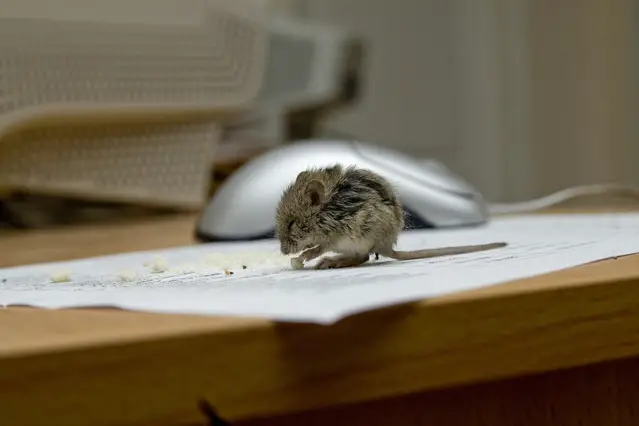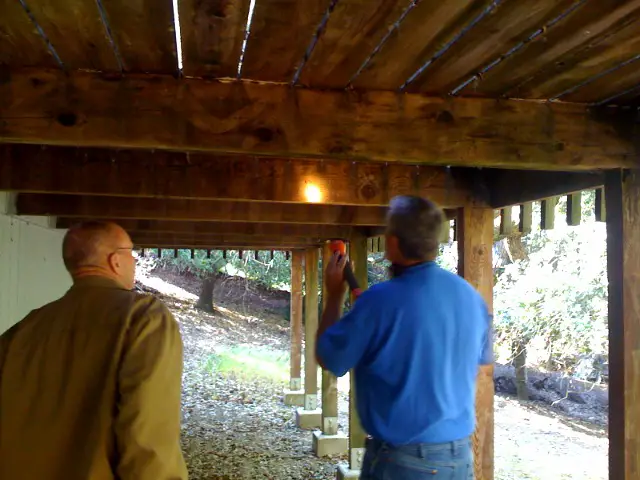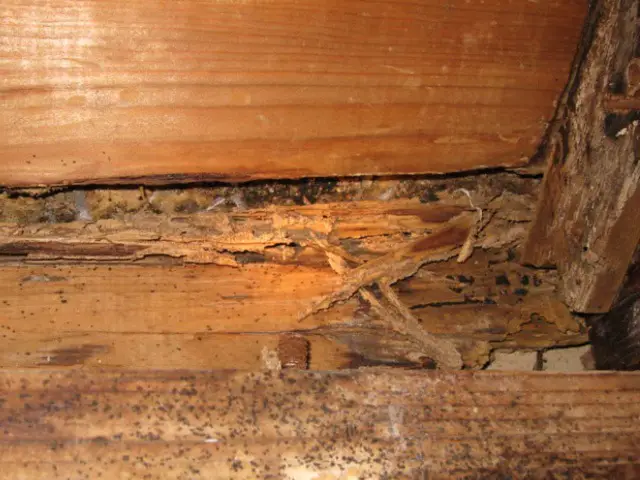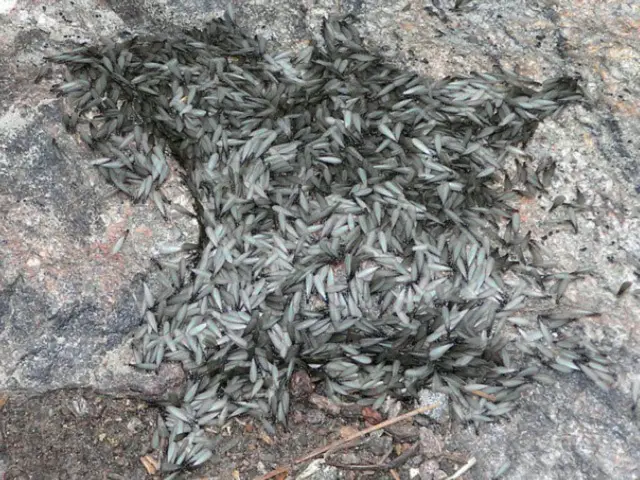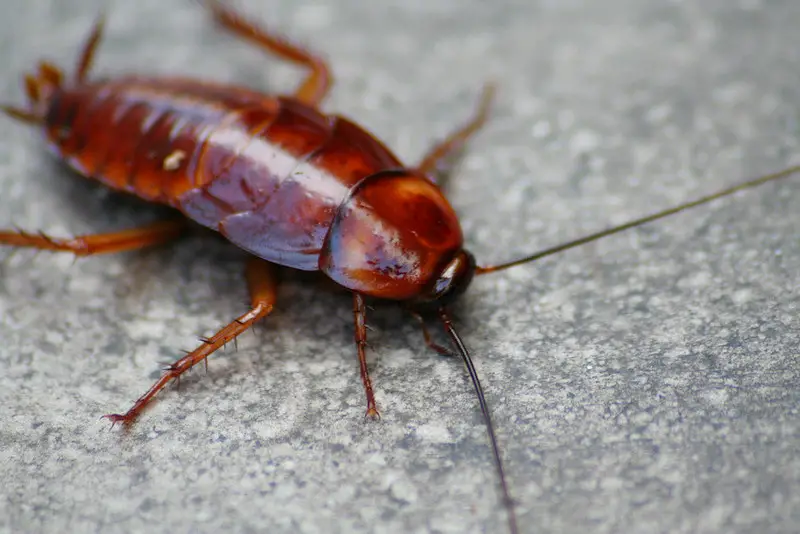House mice are very problematic to home and business properties. Mice are capable of spreading disease and parasites to people and their pets. They often ruin food items by chewing through the packaging. And mice droppings are a source of contamination. In addition, mice can cause costly damage to your home’s electrical wiring system and even have the potential to cause electrical fires. If you have a mice infestation in your home, the smartest thing to do is get rid of them fast.
How to catch a mouse?
Finding a mouse or rat in your house can be a stressful experience. If you are like most people, you won’t rest until you find a way to catch the mouse. Trapping a mouse is a quick option when it comes to catching a mouse. Using a repellent only when you already have a mouse in the house may not be enough to get rid of it.
Can you catch a mouse without a trap?
It’s possible to catch a mouse without a trap, but your job is a lot easier if you use one. If you want to catch a mouse, you need a mousetrap. Actually, you probably need several traps. With multiple well-positioned mousetraps, you are much more likely to catch a mouse than with a single trap.
Trap placement is critical for catching mice. Place mousetraps in areas of high activity. Place mousetraps in areas where mice are nesting or running. It’s best to place traps along their paths to improve the chances of a mouse passing over the traps. For best effect, please mousetraps at a right angle from the wall. The trap trigger end should be a third of an inch from the wall. In another area, you can set the mousetraps parallel to the wall. Having the traps set in pairs in opposite directions should intercept mice coming from either direction. Use at least six traps, even if you think there is only one mouse in the house.
It’s best to place mousetraps in the following areas:
- Places where you see mouse activity
- Areas where mice get access to food
- Wherever you see mouse droppings
- Close to walls and edges
What kind of bait does a mousetrap need?
For a mousetrap to catch a mouse, it needs bait. Only bait that attracts mice will work. You have to use food mice like to eat to get their attention.
What are the best mousetrap baits?
- Peanut butter – Crunchy peanut butter is best. Peanut butter is aromatic, so mice easily find it. And because it’s sticky, you can easily apply it to mousetraps. Once on the mousetrap, the mouse has to lick the trap to eat it which will likely set off the trap.
- Smoked bacon – Like many of us, mice can’t resist the scent of smoked bacon.
- Seed and grains – Mice naturally feed on all kinds of seeds and grains in the wild.
- Cheese spreads – Cheese is not the best mouse bait, but it will work.
- Nut spreads – Hazelnut is one of their favorite.
How much bait should I use to catch a mouse?
Mice are tiny. You don’t need to use a lot of trap bait to catch a mouse. Only a small amount of bait is needed in a trap to catch a mouse. Therefore, it is a good idea to offer a mouse a bait it would naturally eat. Nuts, grains and meat products make excellent mouse bait. Peanut butter is one of the best trap baits to use. Mice cannot resist peanut butter.
But the bait’s success depends on how much other food is available in the area. If there are several mice in the house, using a couple of different types of bait in different mousetraps would improve your chances of catching them. A good strategy is to use bait mice like to eat that are not available in the area. As an example, in a butcher shop, use cereals as an enticement.
As you set the bait, make sure you clean the surrounding areas. Too much food is a distraction for the mice. There is no need for the mice to eat the bait if there is easy access to food around the house.
How to catch a mouse when you see it?
Mice infestations are stressful times. But even if you only see a single mouse, your first thought is to get rid of it. If there is a mouse in your house, you are more likely to catch it during the night. Since mice are nocturnal rodents, they are most active from dusk till dawn.
What if I see a mouse during the day?
Seeing a mouse during the day could indicate a mice infestation in your home.
How does a mouse get inside your home?
Mice can find a million ways to get inside your home. A tiny little mouse can slip through openings as small as a quarter inch. And if there isn’t a large enough opening, mice can chew through walls and insulation. What’s more, a mouse can gnaw on tiny openings until they are large enough for a mouse to squeeze through.
Did you know that a mouse can jump over a foot high? They can balance on ropes, cables and wires. If that hasn’t impressed you already, mice are excellent swimmers and can scale vertical surfaces.
How to catch a mouse with traps?
There are a number of effective pest control methods to get rid of mice. But to catch a mouse, traps are some of the most effective. Catching a mouse with traps is one of the fastest and safest ways for homeowners. Some mousetraps can be used to kill. There are traps that will contain the rodent but not kill it.
What kind of mousetraps are there?
- Live capture mousetrap – When you catch a mouse with a live capture mousetrap, you can release it in the wild. The CDC doesn’t recommend live mousetraps because they increase the risk of being exposed to diseases.
- Bucket mousetrap – Some of the most common bucket mousetraps are: rolling log bucket trap, flip and slide bucket lid mousetrap, and drop in the bucket mousetrap.
- Spring-loaded mousetrap – A snap trap or spring-loaded mousetrap is one of the most traditional traps on the market today. It is widely used and considered a safe and humane mice control solution.
- Glue mousetrap – A sticky mousetrap doesn’t require toxic bait. Glue mousetraps are easy to use. They are inexpensive, but it isn’t the most humane way to catch a mouse.
- Electric mousetrap – Electric mousetraps are fast and effective. They can’t be used outdoors to catch mice, but electric mousetraps work well indoors.
- Jaw mousetrap – Jaw mousetraps are known to kill instantly with a powerful mechanism. It is considered the forefather of the spring-loaded mousetrap. Because of its bulky design, a jaw mousetrap can be more difficult to place.
- Disposable mousetrap – Due to its enclosed design, there is no danger of pinching or snapping fingers when handling.
How to catch a mouse without traps?
You can catch a mouse without traps.
Here’s what you need to catch a mouse without a trap:
- Bucket – All you need is an empty five-gallon bucket.
- Peanut butter – You need to smear some chunky peanut butter along the inside edge of the bucket. The peanut butter should be smeared about one inch wide from four inches from the top of the bucket.
- Ramps – You’ll also need two ramps, the mice will use to get into the bucket. You can use a piece of baseboard or something similar.
How to catch a mouse by hand?
You shouldn’t try to catch a mouse by hand for two reasons:
- Mice bite. Let’s face it, they have no reason to be nice to you. When you try to catch a mouse you are the predator. What kind of response do you expect from rodents fighting for their life? Their teeth are super sharp, and if you try to catch one by hand you could get bitten.
- Mice can carry a wide range of diseases. Hantavirus has been excreted from the urine of deer mice in the southern U.S. Some hantaviruses cause a deadly disease called hantavirus pulmonary syndrome. However, not all mice carry diseases. Since it’s hard to tell if a mouse carries a disease, it’s best not to catch a mouse by hand.
How to catch a mouse in the kitchen?
Using traps is one of the most effective methods to catch a mouse in the kitchen. If there is only one mouse in your kitchen a snap trap should work. Snap traps are inexpensive and easy to use. You can bait them with peanut butter or a cheese spread. If you decide to use a snap trap to catch a mouse in the kitchen, you should place it so children and pets cannot get access to it.
Another option to catch a mouse in the kitchen is to use a glue board. The glue board will cause a mouse to get stuck. Because the mouse will not immediately die on the glue board, it isn’t the most humane way to get rid of it.
How to catch a mouse DIY?
One of the simples DIY mousetraps only requires a couple of spoons and a trash can or large bucket. Position a couple of spoons on a counter top or table. The spoons should be positioned, so about half of the spoon is in the air over the bucket while the other half is on the countertop. You put a little bit of peanut butter on the part of the spoon that’s in the air. The spoons should be positioned in a way that they tip over with just a little added weight. When the mouse walks on the spoon to get to the bait, it will fall in the bucket with the spoon. It’s a simple DIY mousetrap, but it works.
